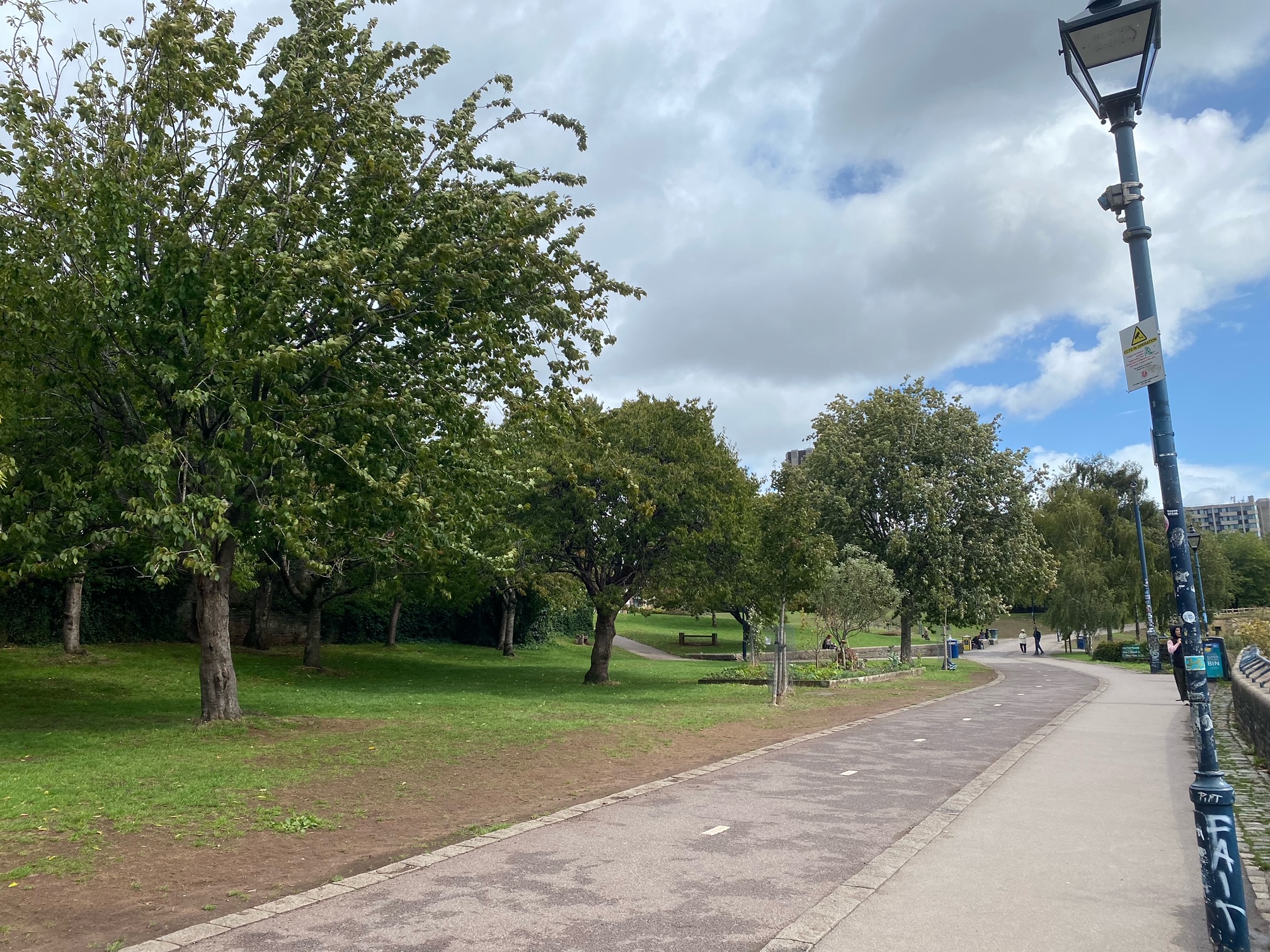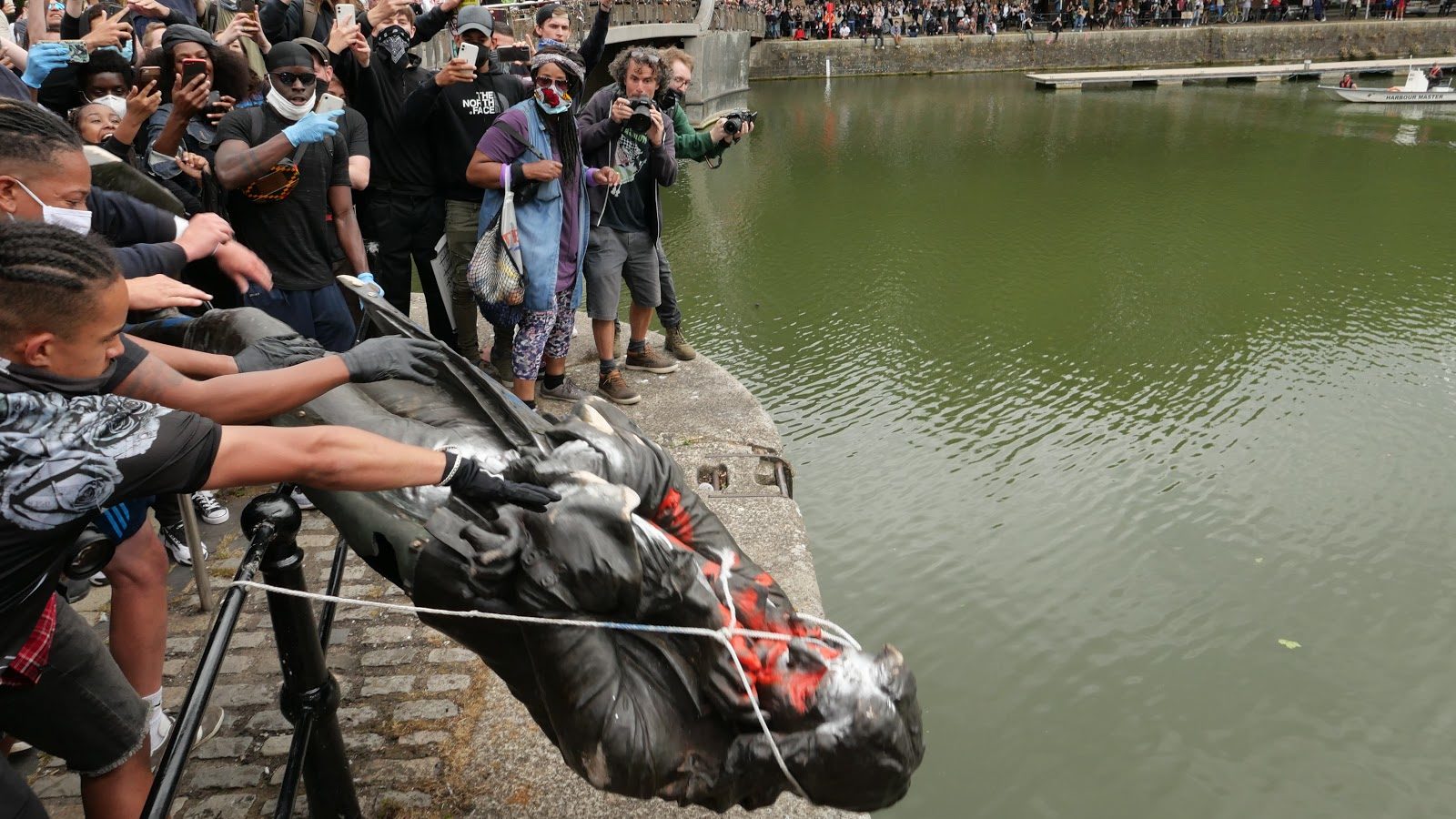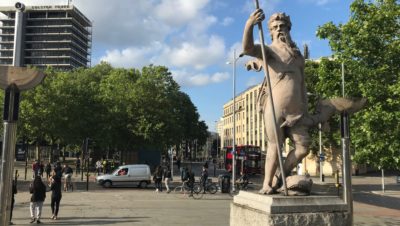Features / slavery
Exploring the links between workhouses and slavery
New academic research highlights how one of Bristol’s first workhouses was bankrolled and supported by profiteers of the transatlantic trafficking of enslaved Africans.
While the issue of whether the state should offer more work and employment opportunities to citizens was an issue across England in the 17th century, Bristol built one of the country’s first workhouses in 1696.
The workhouse, which acted as a model for many of England’s later workhouses, stood on what is now known as Castle Park and was destroyed during the Bristol Blitz in 1940.
is needed now More than ever

One of the country’s first workhouses was based here, in Castle Park – photo: Amelia McCabe
While the building itself is gone, its legacy remains, according to researchers Andrew Williams from Cardiff University and Jon May from Queen Mary University of London.
According to their research, the successful formation of this workhouse was made possible through the financial support of local slave traders.
Among them was none other than Edward Colston, who made international headlines during a Black Lives Matter protest in 2020 which lead to the toppling of his statue into the harbour.
The relationship between the workhouse and plantation profiteers is referred to by Williams and May as the “workhouse-plantation nexus”.
This nexus places a direct link between the foundation of British workhouses and the mercantile economy that was predicated upon the exploitation of enslaved Africans.
Indeed, Bristol’s Whig MP at the time, John Cary, reinforced this connection by integrating the textile industry into workhouse operations.
Workhouse inmates were required to manufacture clothing for the enslaved populations on the plantations, making connection between the workhouse and the plantation both financial and material.
Additionally, people were also included in this nexus.
Bristol workhouse inmates were often transported to British colonies as indentured servants to prop up plantations at times when they lacked capital to purchase more enslaved Africans.

Photograph of St Peter’s Hospital (1851-1854) – image: Hugh Edwards, The Museum of Fine Arts Houston Collections
The academic duo’s’ research – recently published in Antipode – recontextualises mainstream perceptions of the British welfare system and attempts to oppose the “all too narrow readings of the British workhouse that underpin white denialism: as spatially removed from, and comparable to, the horrors of the plantation”.
To read more about William’s and May’s research and the “workhouse-plantation nexus”, visit Antipode
Main image: Colin Moody
Read next:
 Our newsletters emailed directly to you
Our newsletters emailed directly to you



















